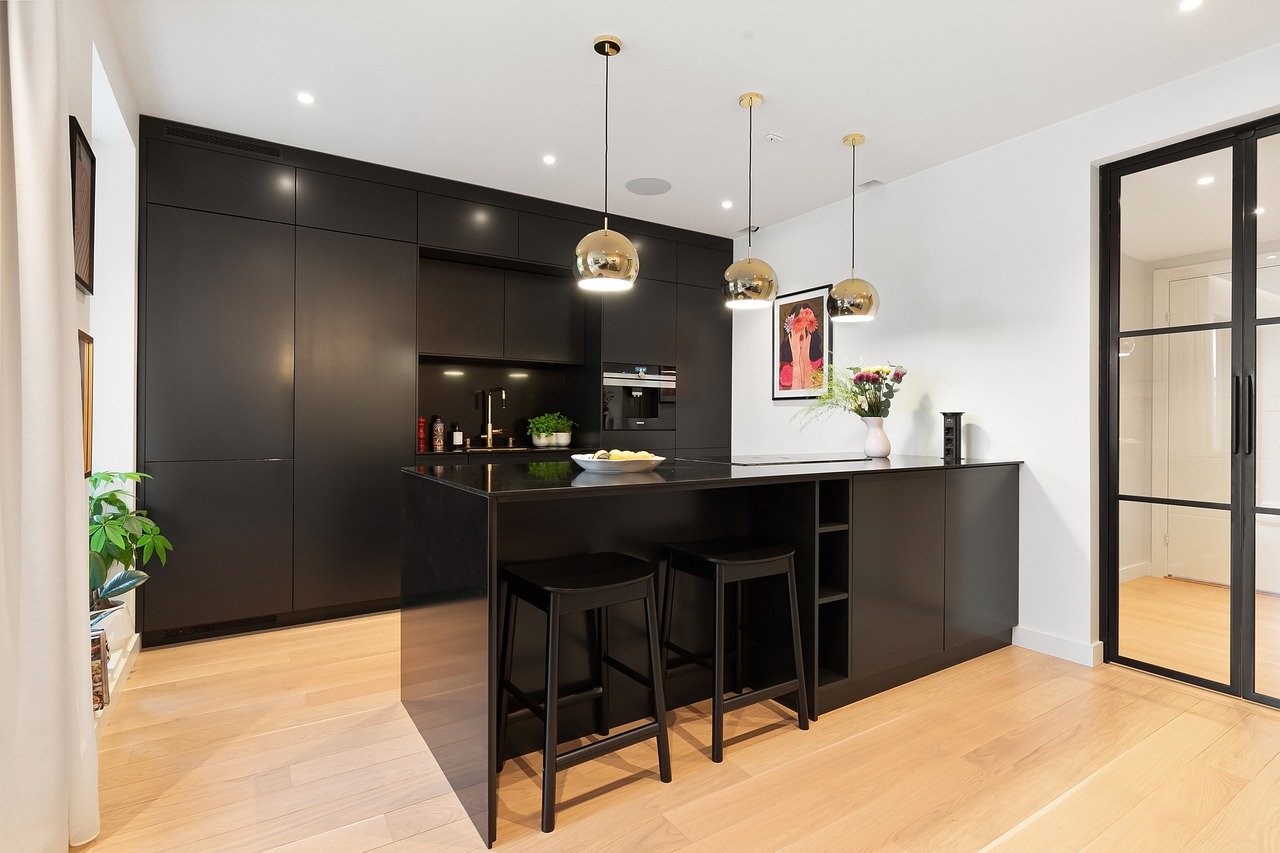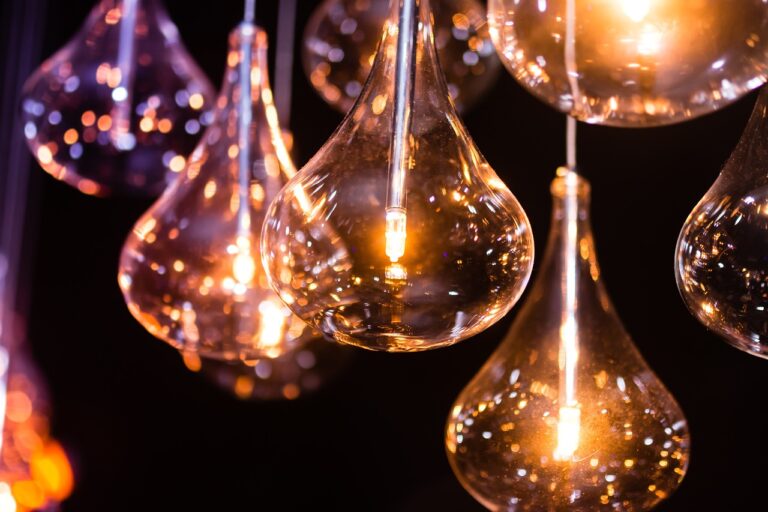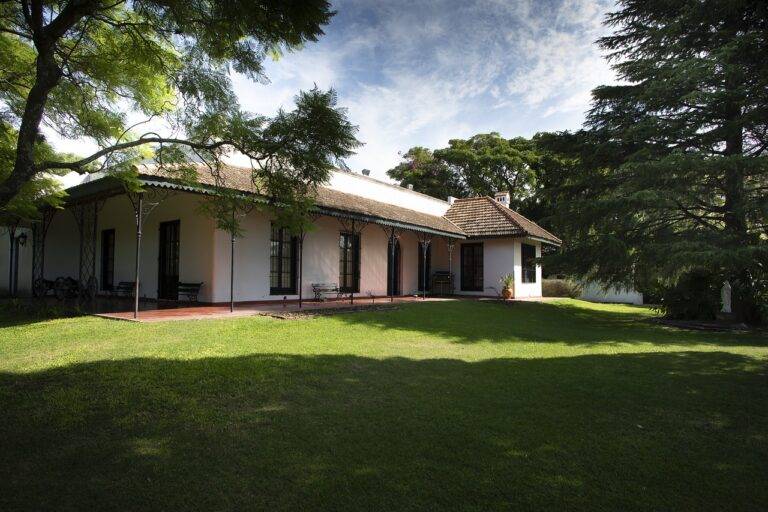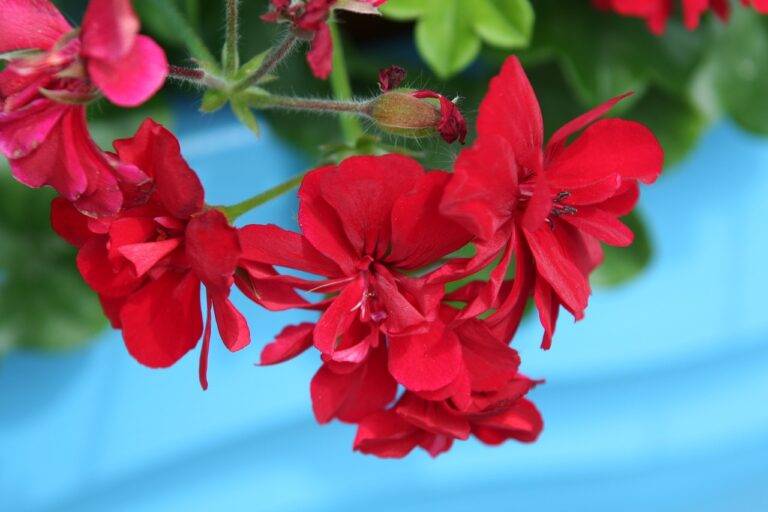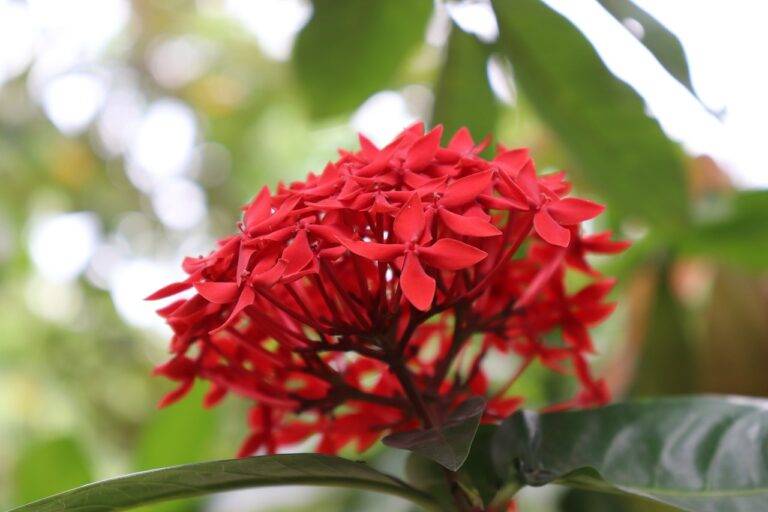Designing a Home Art Studio: Inspiring Creativity in Your Space
When setting up the lighting in your art studio, it is important to consider both natural and artificial light sources. Natural light is ideal for showcasing the true colors of your artwork and can create a refreshing atmosphere. Position your easel or work area near windows to maximize the amount of natural light that filters into your studio.
In addition to natural light, artificial lighting is crucial for maintaining a consistent brightness level and working after sunset. Opt for LED lights with a color temperature of around 5000K to mimic natural daylight. Place adjustable lamps strategically around your studio to eliminate shadows and ensure even illumination across your workspace.
Choosing the right colors to inspire creativity
When selecting colors for your art space, consider the impact each hue can have on your creative process. Vibrant shades like red and yellow can evoke energy and positivity, while soothing tones like blue and green may promote calmness and focus. Experimenting with various color combinations can stimulate different emotions and ideas, ultimately enhancing your artistic expression.
Furthermore, think about the purpose of your artwork and how you want viewers to feel when they see it. Warm colors like oranges and yellows can convey feelings of warmth and happiness, while cool colors like blues and purples may evoke a sense of tranquility and introspection. By understanding the psychological effects of different colors, you can intentionally choose a palette that aligns with the message you aim to communicate through your art.
• Red and yellow can evoke energy and positivity
• Blue and green may promote calmness and focus
• Experimenting with color combinations can stimulate different emotions and ideas
When considering the purpose of your artwork, it is important to think about how colors can influence the viewer’s perception. Bright, bold colors like reds and oranges can create a sense of excitement or urgency, while softer pastel hues like pinks and lavenders may impart a feeling of sweetness or nostalgia. By strategically incorporating these colors into your work, you can guide the viewer towards experiencing the emotions or themes you wish to convey.
Additionally, take into account the physical environment in which your art will be displayed. Consider how natural lighting, wall color, and surrounding decor elements might interact with your chosen color palette. For example, if you plan to exhibit your artwork in a room with neutral-colored walls, selecting vibrant accent colors could help draw attention to your pieces. By harmonizing your art space with complementary colors in its surroundings, you can create a cohesive aesthetic that enhances both the visual impact of your work as well as the overall ambiance of the space.
• Bright colors like reds and oranges create excitement or urgency
• Soft pastel hues like pinks and lavenders convey sweetness or nostalgia
• Consider how natural lighting & surrounding decor elements interact with chosen color palette
Organizing your art supplies for easy access
One essential aspect of creating a functional and efficient art studio is establishing a well-organized system for your art supplies. Being able to quickly locate and access your tools can help streamline your creative process and prevent unnecessary interruptions. Consider investing in storage solutions such as clear containers, shelves, and drawers to keep your supplies neatly arranged and easily reachable.
When arranging your art supplies, grouping items by category or frequency of use can make a significant difference in your workflow. Keep frequently used tools within arm’s reach, while less commonly used materials can be stored in more accessible but secondary locations. Additionally, labeling containers or shelves can be a simple yet effective way to maintain order and ensure that everything has its designated place in your art studio.
How can I set up the perfect lighting for my art studio?
To set up the perfect lighting for your art studio, consider using natural light whenever possible. Position your workspace near a window or use daylight bulbs to mimic natural light. Additionally, add task lighting such as adjustable lamps to ensure proper lighting for detailed work.
How can I choose the right colors to inspire creativity in my art studio?
To choose the right colors to inspire creativity in your art studio, consider using a color scheme that resonates with you personally. Experiment with different color combinations to see what sparks your creative energy. Additionally, consider incorporating artwork or decor in colors that inspire you.
How can I organize my art supplies for easy access?
To organize your art supplies for easy access, consider using clear storage containers or bins to easily see what is inside. Sort your supplies by type, such as paints, brushes, and sketchbooks, and label each container accordingly. Utilize storage solutions such as shelves, drawers, and pegboards to keep your supplies organized and within reach.

